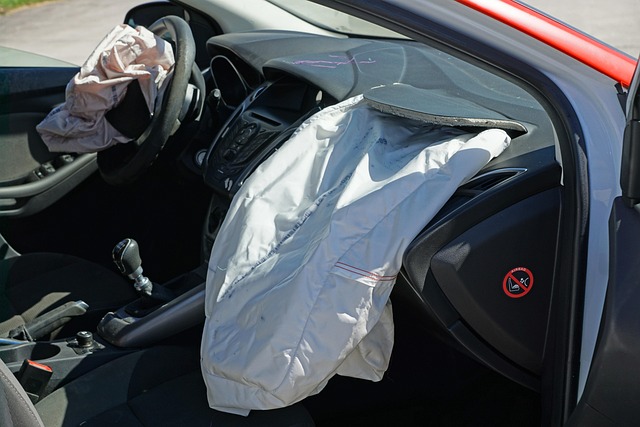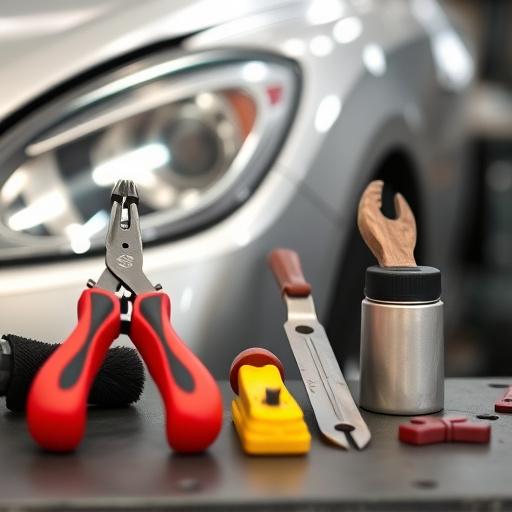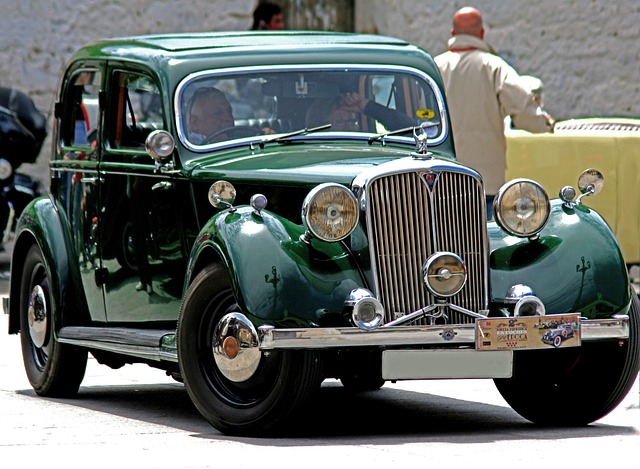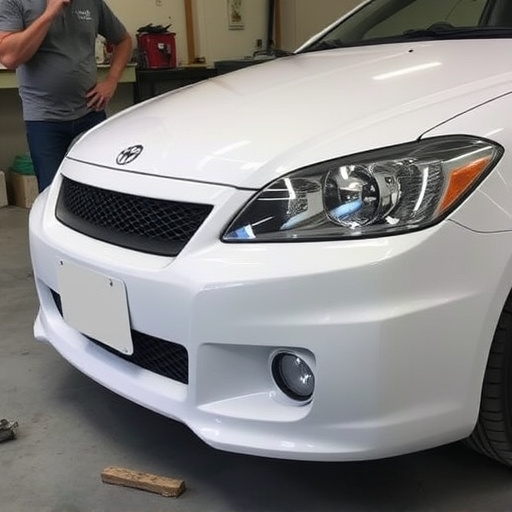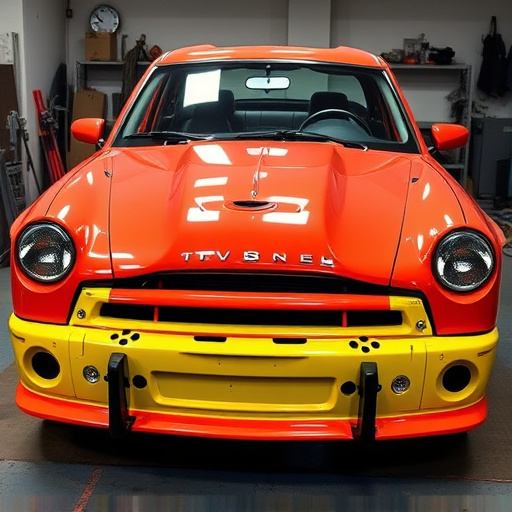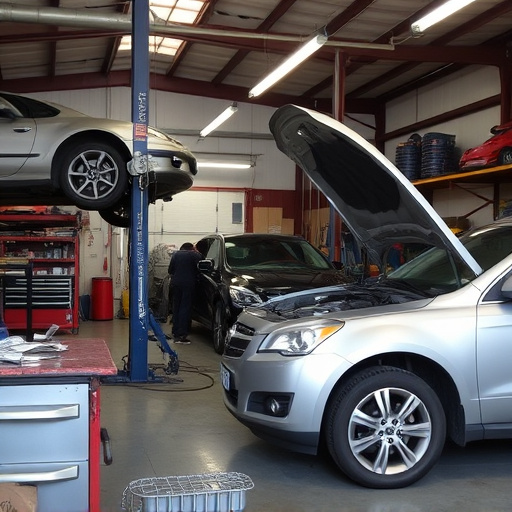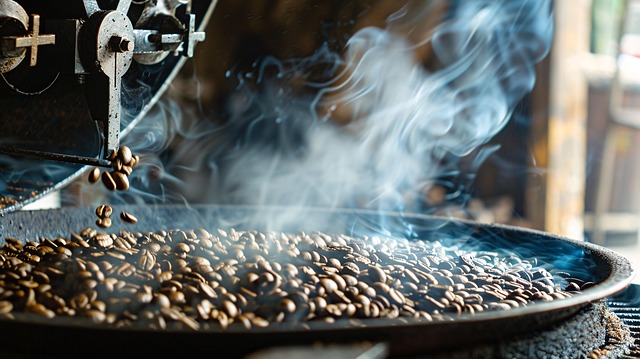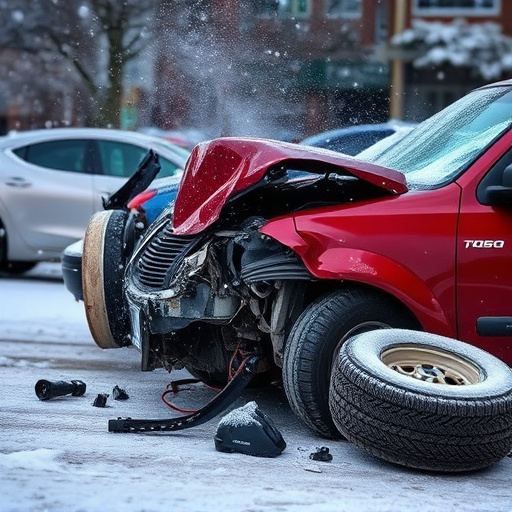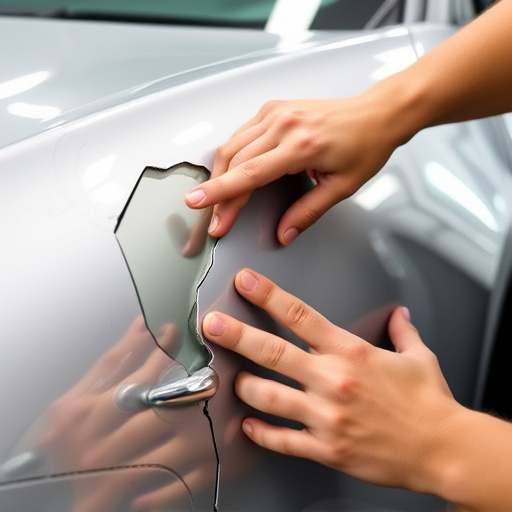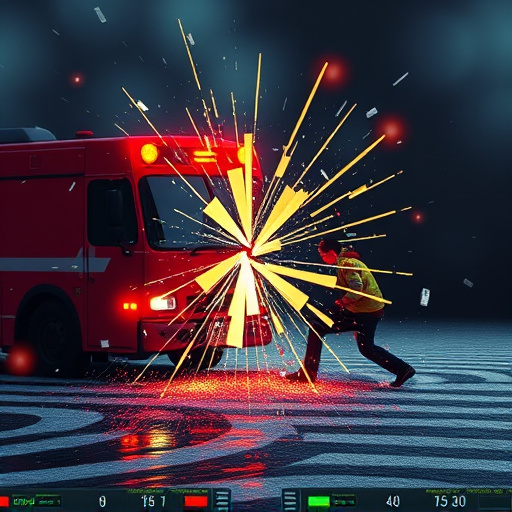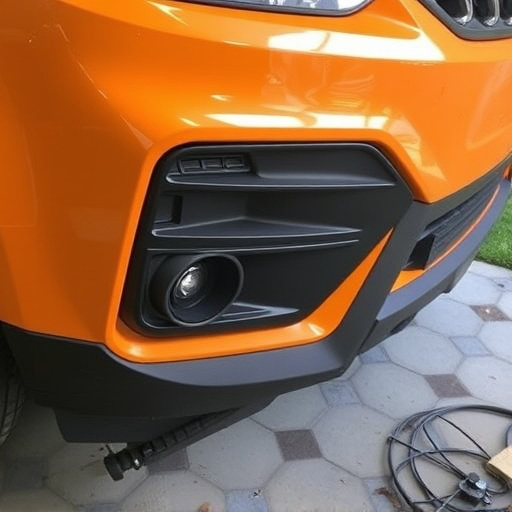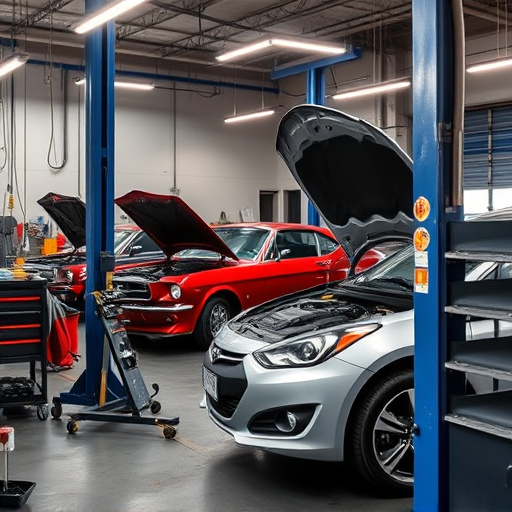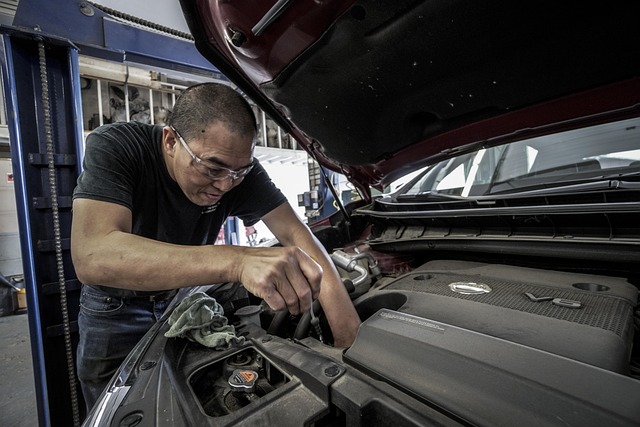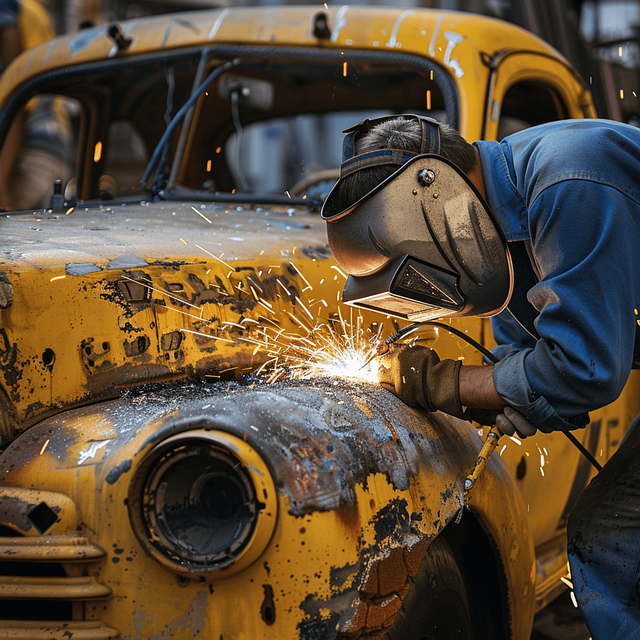Tesla's advanced driver-assistance systems (ADAS) rely on precisely calibrated cameras and sensors. Factory repair methods involve specialized equipment and trained technicians to maintain this calibration. Minor misalignments or auto glass issues can significantly impact ADAS performance, emphasizing the need for regular maintenance and professional bodywork services. The meticulous process includes detailed inspections, part replacement, lens adjustment, and software updates to ensure safety features and driving performance after repairs.
Tesla vehicles are renowned for their advanced driver-assistance systems (ADAS), which rely on sophisticated camera and sensor technology. When these critical components need recalibration, Tesla offers specialized factory repair methods to ensure optimal performance. This article delves into the intricate world of Tesla’s camera and sensor systems, identifies common issues requiring recalibration, and provides a comprehensive step-by-step guide to mastering Tesla factory repair procedures.
- Understanding Tesla's Camera and Sensor Systems
- Common Issues Requiring Recalibration
- Step-by-Step Factory Repair Procedures
Understanding Tesla's Camera and Sensor Systems

Tesla’s advanced driver-assistance systems (ADAS) heavily rely on a complex network of cameras and sensors to navigate and perceive the surrounding environment. These systems, such as Autopilot and Full Self-Driving (FSD), require precise calibration for optimal performance. The factory repair methods employed by Tesla focus on maintaining this intricate balance through specialized equipment and trained technicians.
When it comes to camera and sensor recalibration, Tesla’s collision centers utilize cutting-edge tools designed to diagnose and address any issues. By simulating real-world scenarios, these facilities ensure the sensors and cameras function in harmony, providing accurate data for the ADAS algorithms. Effective calibration is crucial for safety, as even minor misalignments can impact the vehicle’s perception and decision-making capabilities, underscoring the importance of professional car bodywork services when necessary.
Common Issues Requiring Recalibration

In the realm of Tesla factory repair methods, understanding common issues requiring recalibration is paramount. One of the most prevalent challenges involves camera and sensor misalignment, often stemming from routine wear and tear or minor accidents like a car dent repair. Even seemingly minor incidents can disrupt the intricate balance of sensors crucial for advanced driver-assistance systems (ADAS) and autonomous driving capabilities.
Additionally, issues with auto glass replacement can indirectly impact sensor performance. Cracks or chips in windows can cause glitches or block certain sensor ranges, necessitating precise recalibration to ensure optimal functionality. These problems underscore the importance of regular maintenance and prompt action when issues arise, as they directly affect the safety and efficiency of Tesla vehicles, reminiscent of a collision center’s role in restoring vehicles to their peak performance.
Step-by-Step Factory Repair Procedures

When it comes to Tesla factory repair methods for camera and sensor recalibration, understanding the step-by-step procedures is key. The process begins with a thorough inspection of the vehicle’s bodywork, identifying any potential issues or damages affecting the sensors and cameras. Skilled technicians use specialized tools to access and diagnose the problem, ensuring accurate identification of faulty components.
Next, the affected parts are carefully disassembled and replaced if necessary, following precise manufacturing standards. For instance, recalibrating a rear-view camera involves adjusting lenses and sensors to ensure optimal visibility. In some cases, software updates may be required, accessed through the vehicle’s diagnostic port, to synchronize sensor data accurately. This meticulous approach, combining expert auto body repairs with advanced technology, guarantees that Tesla vehicles maintain their safety features and driving performance after factory repair.
Tesla vehicles rely heavily on advanced camera and sensor systems for features like Autopilot, so proper calibration is crucial. Understanding common issues and following precise factory repair procedures ensures optimal performance and safety. By mastering Tesla factory repair methods for camera and sensor recalibration, technicians can effectively address problems, enhancing the overall driving experience for Tesla owners.
